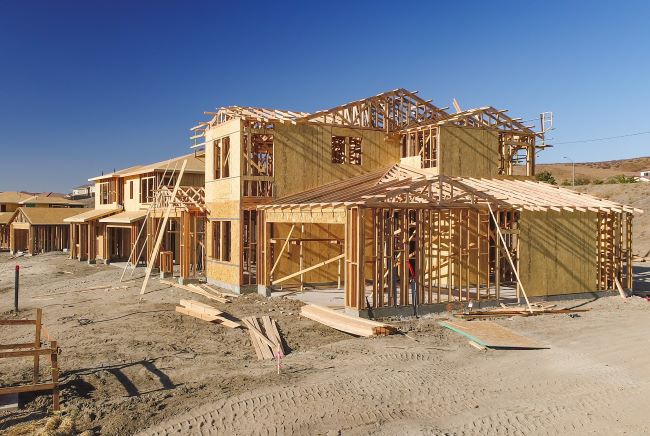Securing coverage for construction projects is becoming more challenging. Builder’s risk insurance is a special type of insurance that covers properties undergoing construction. Market pressure means rates are rising, which could impact your next project.
Trends in Construction and Property Insurance
According to the Council of Insurance Agents & Brokers (CIAB), property and casualty lines saw an average increase of 8.3% in second quarter of 2023. Construction lines were up 7.6% and commercial property insurance lines were up 18.3%. In the first quarter of 2023, commercial property lines were up 20.4%. The report also noted that people are seeing higher deductibles and lower capacity.
According to CRC Group, insurers have been imposing stricter underwriting criteria on builder’s risk accounts, especially in regards to fire and water losses. Developers should expect requests for more detailed information in their insurance submissions. Deductibles are rising, with some carriers increasing waiting periods for soft costs and switching from flat to percentage-based deductibles for wind and hail in certain regions. The catastrophe coverage market is particularly tight. Some carriers are limiting capacity to between $5 million and $10 million or adding named windstorm sublimits.
Natural Disaster Losses
The builder’s risk market is especially tight in areas with high natural disaster exposures.
On the East and Gulf Coasts, hurricanes have caused major losses. Swiss Re says Hurricane Ian caused insured losses of between $50 billion and $65 billion. More recently, Hurricane Idalia hit Florida. Insurance Journal says early estimates of insured losses are around $3 billion to $9 billion.
Wildfires are another major loss driver. Reuters says insured losses from the fire that devastated Lahaina in August 2023 could result in insured property losses of around $3.2 billion. Severe wildfires may become increasingly common. Research from the Climate Science Special Report shows that changes in climate create warmer and drier conditions that can lead to longer and more active wildfire seasons. S&P Global says insurance capacity has shrunk as wildfire risks have increased.
Inflation and the Impact on Building Materials and Values
Inflation is another key factor in understanding the current builder’s risk market. Rising prices have driven up property values and construction costs. As a result, developers need more insurance coverage, which leads to higher costs.
The National Association of Home Builders says building material prices increased 20.4% between March 2021 and March 2022, with a 33% increase since the start of the pandemic. According to CBRE, even though inflation began cooling down by the end of 2022, year-over-year construction costs were expected to increase by 14.1% at the end of 2022 due to increases in labor and material costs.
The Impact on Construction
Developers aren’t just dealing with higher builder’s risk insurance premiums; they’re also grappling with a tight skilled labor market and higher building material costs.
According to Program Business, some property developers are postponing projects due to rising insurance costs, including builder’s risk insurance. The article references developers in Florida – a state that has been particularly plagued by natural disasters and rising insurance rates. These developers are finding it simply isn’t profitable to embark on new projects right now, given the rising insurance costs.
Other developers are still moving ahead with their projects, but they may rethink some of the details in light of the insurance market. CRC Group says coverage for wood-frame projects can be four or five times more expensive than coverage for other materials. This has led some developers to consider switching to steel or concrete.
Securing Coverage for Your Project
If you have a project coming up, be ready for a challenging insurance market. Don’t wait until the last minute to secure coverage, as it may take longer than normal to find terms that meet your risk management needs and budget. You may also have to spend more time than usual on your insurance applications because underwriters are looking for more detail.
Anticipate higher premiums and deductibles. If these costs could make your project unprofitable, consider adjustments to your project to bring the risks and the insurance costs under control, such as switching from wood frame to other materials.
RiskPoint can help you obtain the builder’s risk insurance coverage you need to keep your projects running smoothly. Learn more.


